Hong Kong gets real-life taste of Jurassic Park with new exhibition featuring dinosaur remains and complete woolly mammoth skeleton
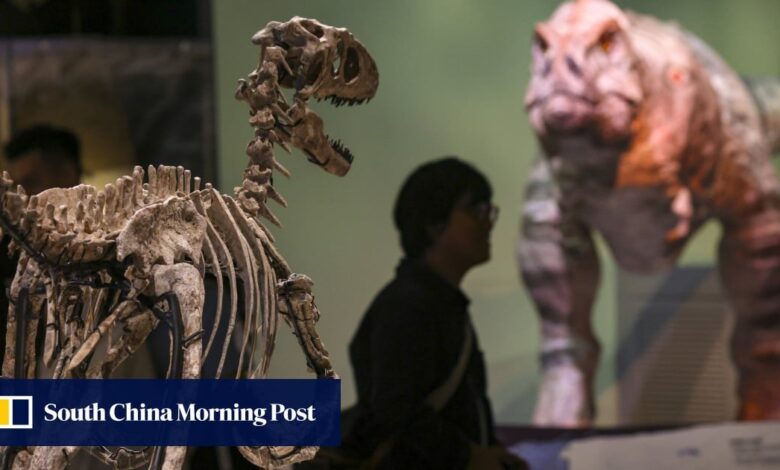
[ad_1]
Members of the public will be able to view rare exhibits, including the entire skeleton of a giant woolly mammoth, a first for the city, and learn more about the origins of life on earth at the Hong Kong Science Museum’s newest gallery.
The palaeontology exhibition, called “Extinction, Resilience”, will also feature the world’s most complete remains of a deinonychus, a bigger relative of the fearsome flesh-eating velociraptors made famous in the Jurassic Park film series.
Only three skeletons of the deinonychus have been discovered, with the other two on show in the United States

One is in the American Museum of Natural History in New York and the other at the Peabody Museum of Natural History at Yale University in New Haven, Connecticut.
“The ‘Extinction, Resilience’ exhibition is one of the projects in the Hong Kong Science Museum’s permanent exhibition gallery renewal plan and aims to enable the public to understand the history and changes in the earth’s ecology,” Secretary for Culture, Sports and Tourism Kevin Yeung Yun-hung said.
A pair of lifelike robot dinosaurs stand at the centre of the exhibition hall, including one of a young tyrannosaurus rex named Paul.
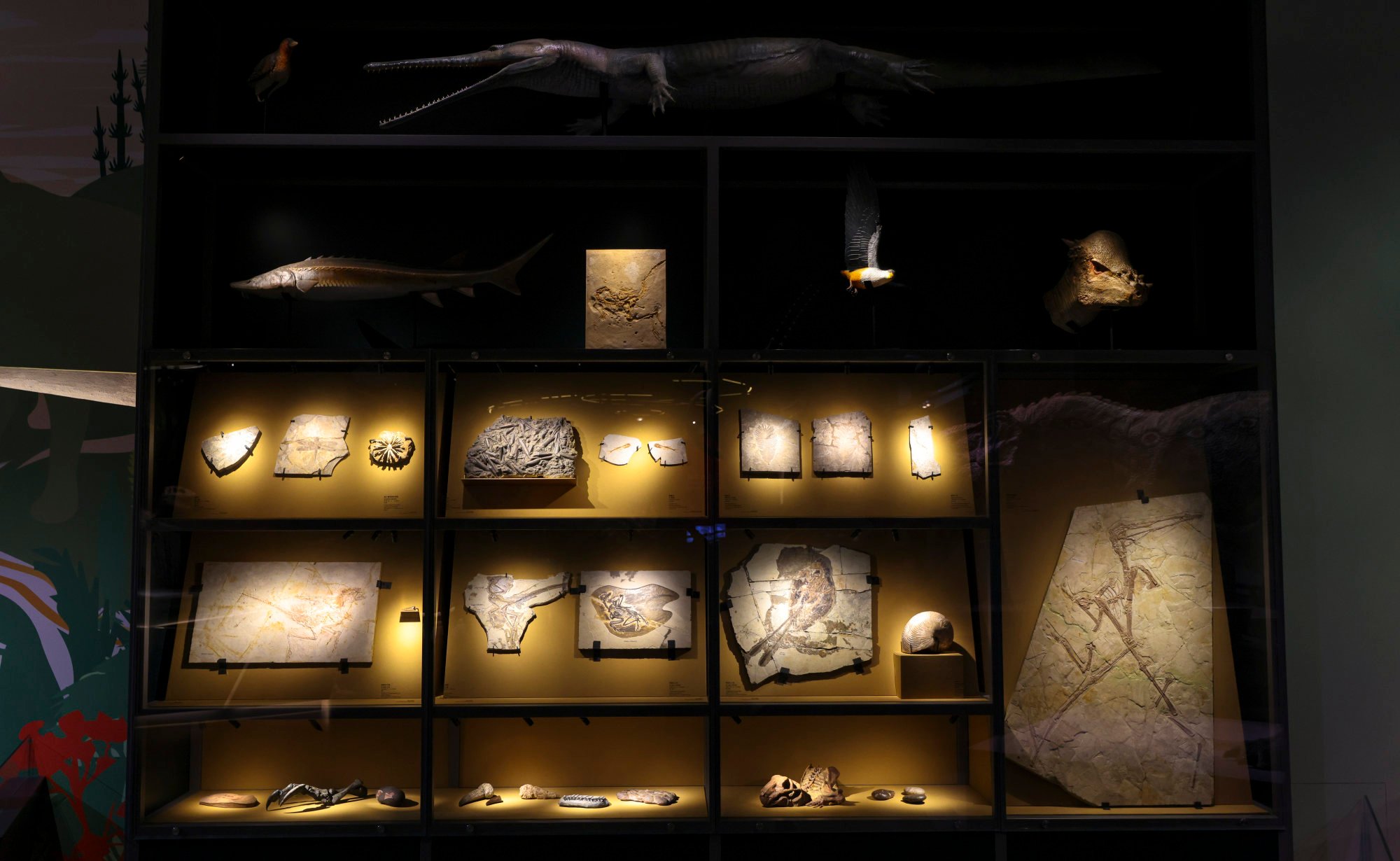
Visitors can interact with Paul and learn more about the creature and its life in the late Cretaceous period, which ran from about 145 to 66 million years ago.
Free Hong Kong museums from civil service grip, do more to draw families: experts
Free Hong Kong museums from civil service grip, do more to draw families: experts
The Chinese museum loaned the three-metre-tall woolly mammoth remains and the Chinacham Group supplied seven pieces of fossilised dryobalanoxylon wood.
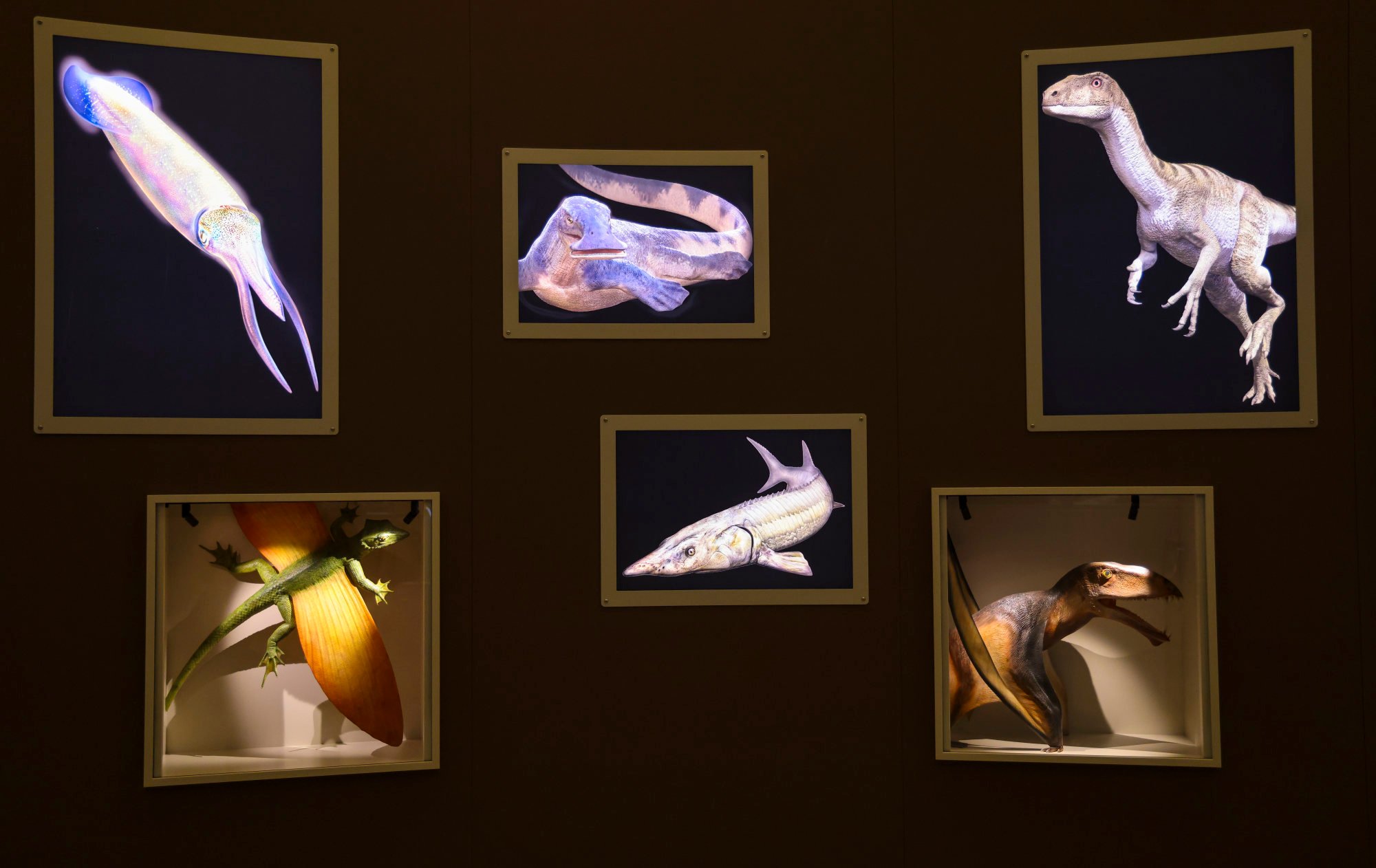
The exhibition is divided into six zones, separated by the five mass extinction events, such as the Cretaceous-Paleogene extinction, which killed off more than half of the world’s life forms about 66 million years ago, including all non-avian dinosaurs.
The hall also features more than 100 fossils collected from across the globe, including exhibits from mainland China, Morocco, Ukraine, Scotland and the United States.
The oldest fossils are two three billion year old stromatolites, which lived in prehistoric oceans.
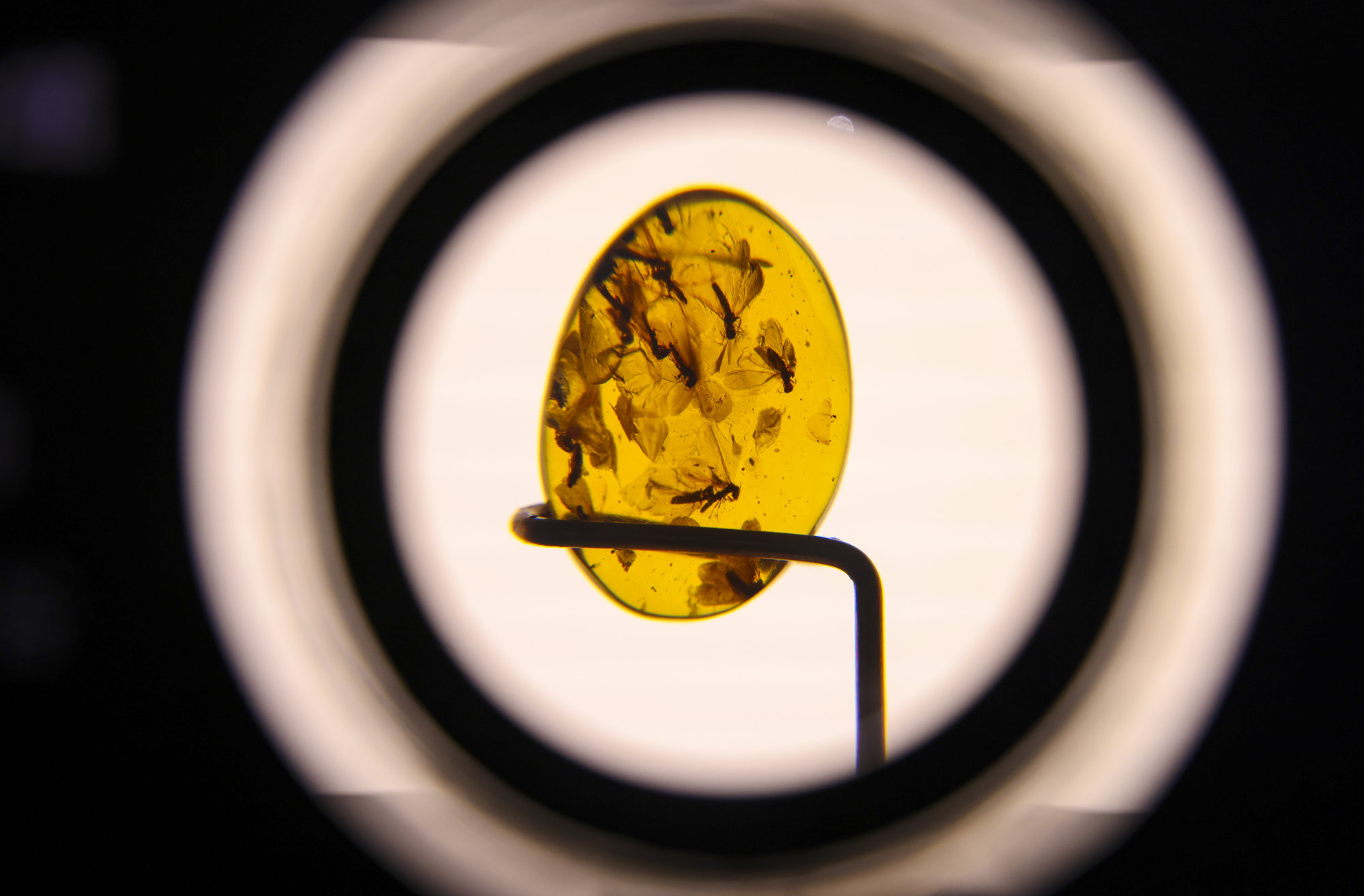
Stromatolites, created mainly by photosynthetic microorganisms, are believed to be the earliest life form on the planet.
Six exhibits were discovered in and around Hong Kong, ranging from the Devonian period 419.2 million years ago to the Paleogene period 66 million years ago.
8 dinosaur fossils take over Hong Kong Science Museum for exhibition
8 dinosaur fossils take over Hong Kong Science Museum for exhibition
These include a fossilised placoderm, an armoured prehistoric fish, found in Plover Cove Reservoir in the New Territories and the remains of a prehistoric plant discovered on Peng Chau island.
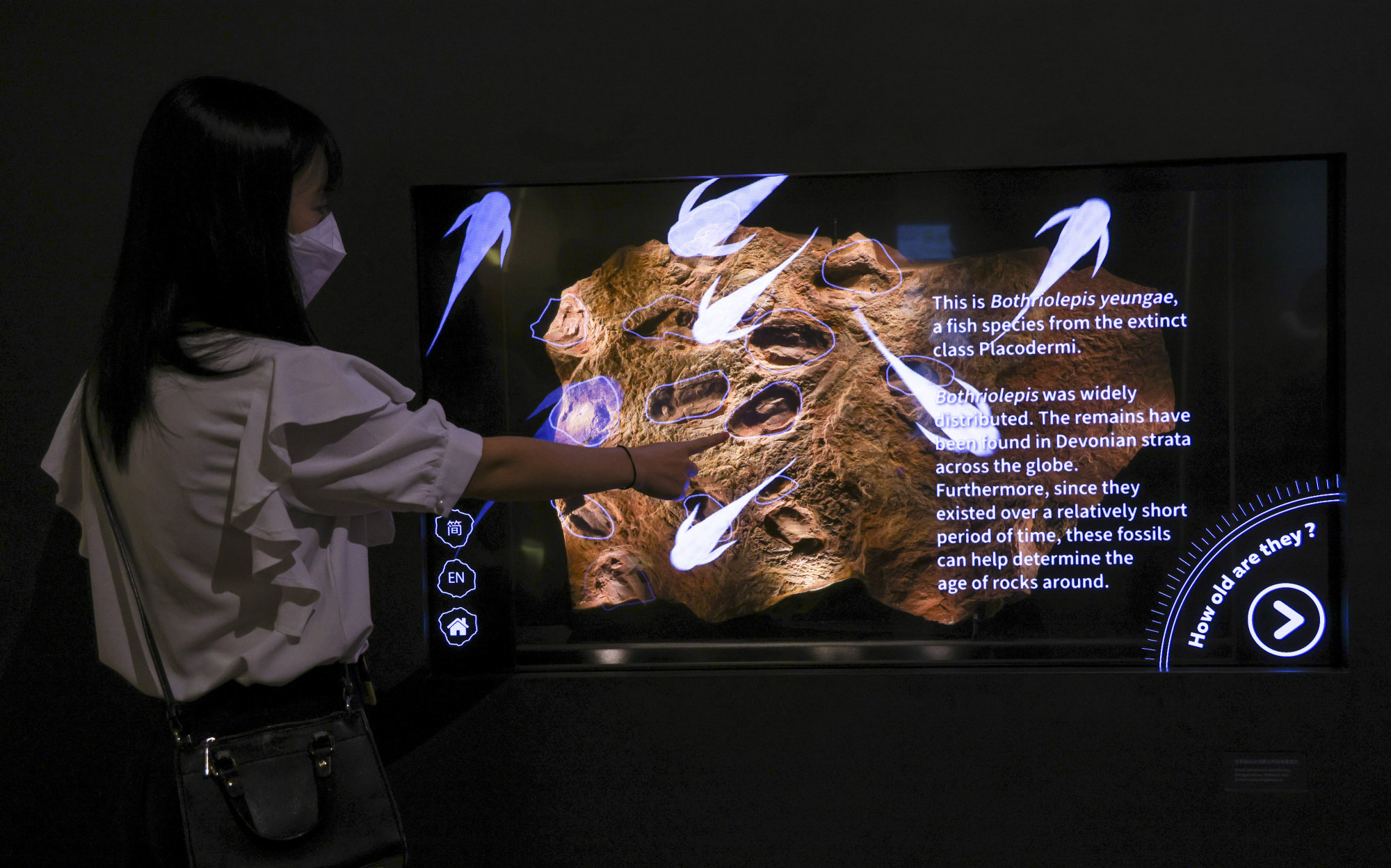
Fossils of dinosaur eggs, dung, footprints, mummified dinosaurs and marine creatures, such as a complete skeleton of the dolphin-like ichthyosaur found in Guizhou province on the mainland, will also be on show.
Richard Kwok Tsz-lun, the curator of the Hong Kong Science Museum, said: “The exhibition concludes with a message that the earth is now facing the sixth mass extinction crisis and appeals to the public to contribute to wildlife conservation and environmental protection.”
The “Extinction, Resilience” exhibition is one of the 11 permanent galleries at the Tsim Sha Tsui museum.
[ad_2]
Source link





